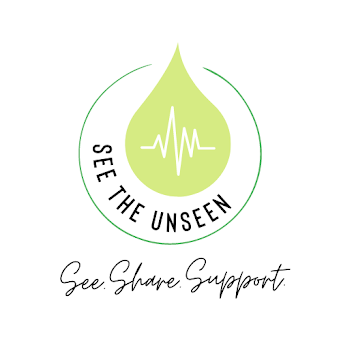Jaidyn Ahl is an Idaho native and a student-athlete at Oklahoma Christian. She is a member of the softball team, Public Relations Student Society of America and Eagle PR.
Lymphoma is a form of cancer which affects the lymphocytes, or white “fighting” blood cells of the body. Lymphoma is also the most common type of blood cancer, according to the Lymphoma Research Foundation. There are over 70 different types of lymphoma, and they all vary in severity. Like most cancers, it not only influences the infected areas of the body, but also has the potential to spread through the body to other organs.
Lymphoma is something college students need to become more aware of. Every three minutes, approximately one person in the United States is diagnosed with blood cancer. Each year, about 90,000 teens and young adults are diagnosed. Lymphoma is the most common cancer diagnosis among 15-39 year olds. Approximately 1 in every 5 teenagers and young adults with cancer are battling lymphoma.
Cancer can sneak up on you when you least expect it, especially when you do not know the signs.
Recently, I experienced my own scare with lymphoma, as I was unaware of the signs and the severity of the disease. I was only 19 years old, and I would have never imagined I could be a candidate for lymphoma until the idea I had the disease was thrown around in a small, uncomfortable and nauseating doctor’s room.
Teenagers and young adults miss the common signs of lymphoma because they are often associated with body changes and feelings typical around these ages. On top of that, medical attention could be delayed due to people assuming, “It won’t happen to me.” There are many signs people should be on the lookout for. Some common symptoms include swollen lymph nodes, which may or may not cause pain, a lack of energy, unexplained weight loss and fever.
However, these symptoms and signs can be common for other illnesses, one being mononucleosis. This illness is commonly mistaken when diagnosing lymphoma, as mono can mimic lymphoma.
In addition to knowing and looking out for common signs, students diagnosed with lymphoma face many challenges, some embarrassing, which may cause them to seclude themselves. Fighting lymphoma alone can take a heavy toll on a classmate’s mental health given all the regular stress an average student faces.
According to the Lymphoma Research Foundation, some common issues students with a lymphoma diagnosis can face are:
- The evolution of relationships with family members and peers, who often take on the roles of caregivers or sympathizers.
- Concerns about fertility and body image, especially when undergoing radiation.
- The transition to and from school and work environments, especially after treatments that require extensive hospitalization or home recovery.
- Health insurance and financial challenges.
Being a teen or young adult has its own struggles, and a cancer diagnosis added to the mix can create overwhelming feelings. I remember the first time the doctors told me they thought I had lymphoma. There is no way to describe the thoughts and feelings that went through my head. In my case, I caught the mass early, and they were able to perform a biopsy and remove three lymph nodes before they could turn cancerous. However, other teens are not as lucky.
After being diagnosed with lymphoma, there are many different treatments available to help combat the illness. Treatments vary based on the different types of lymphoma, but with non-Hodgkins lymphoma, there is an overall 5-year survival rate of 72%. According to LRF, about 81,560 people are diagnosed with NHL a year.
Now is the time to educate yourself and truly understand the signs. Although lymphoma is not as widely recognized as other forms of cancer, it is just as dangerous and could affect you and your loved ones. Learn the signs, protect yourself and protect your health.
My fellow Eagle PR students are helping the campus become aware of lymphoma through activities and outreach in February and March. Our campaign is called See the Unseen, since blood cancer is often hidden to us. We want students to see the signs, share about
struggles students with lymphoma encounter and support survivors with resources from LRF. Visit www.SeeUnseen.org to take a symptoms self-assessment online to see if you should consider asking your doctor about lymphoma. You can also follow our See the Unseen accounts on Instagram, Twitter and TikTok. Let’s work together to help OC See the Unseen.














Be First to Comment